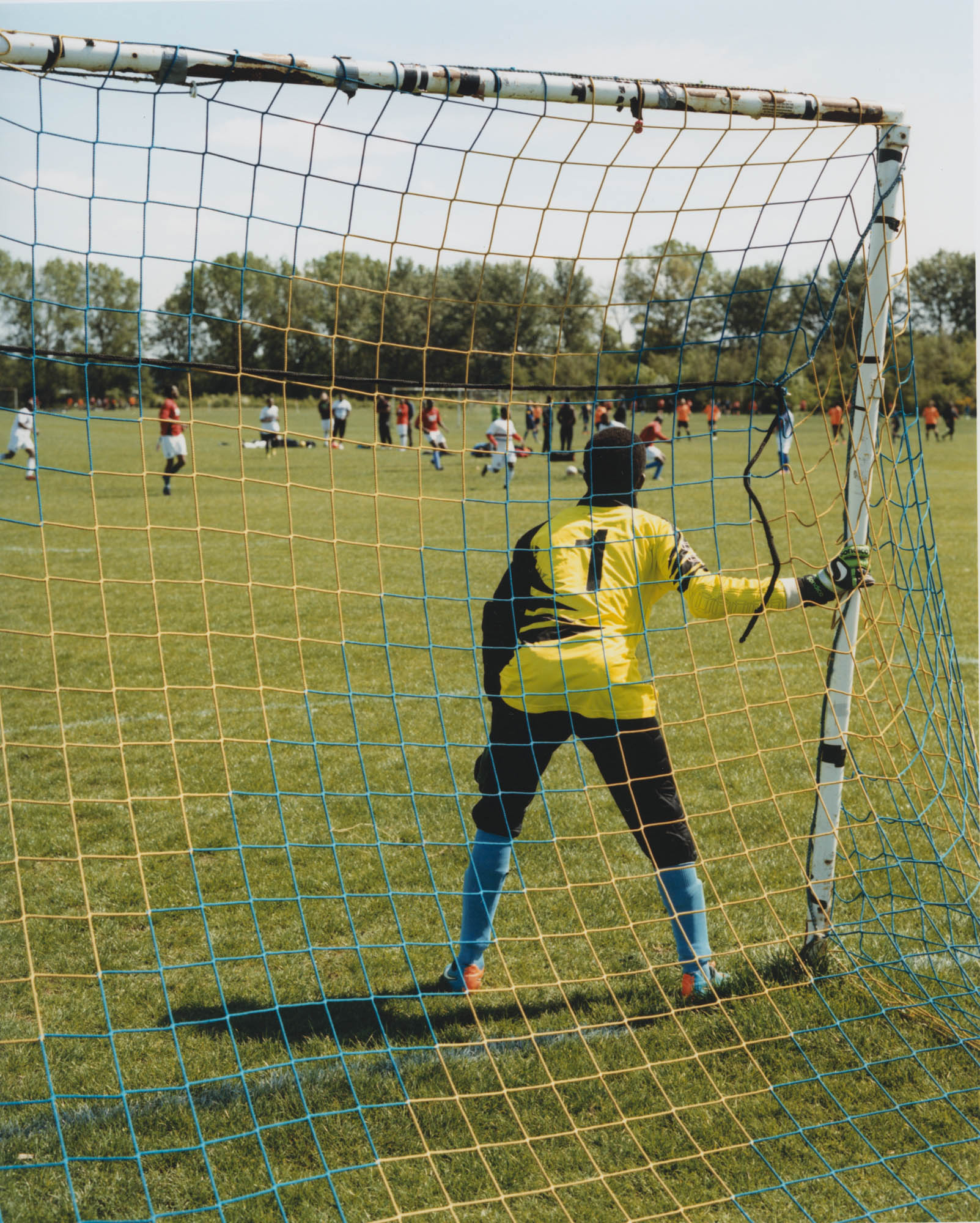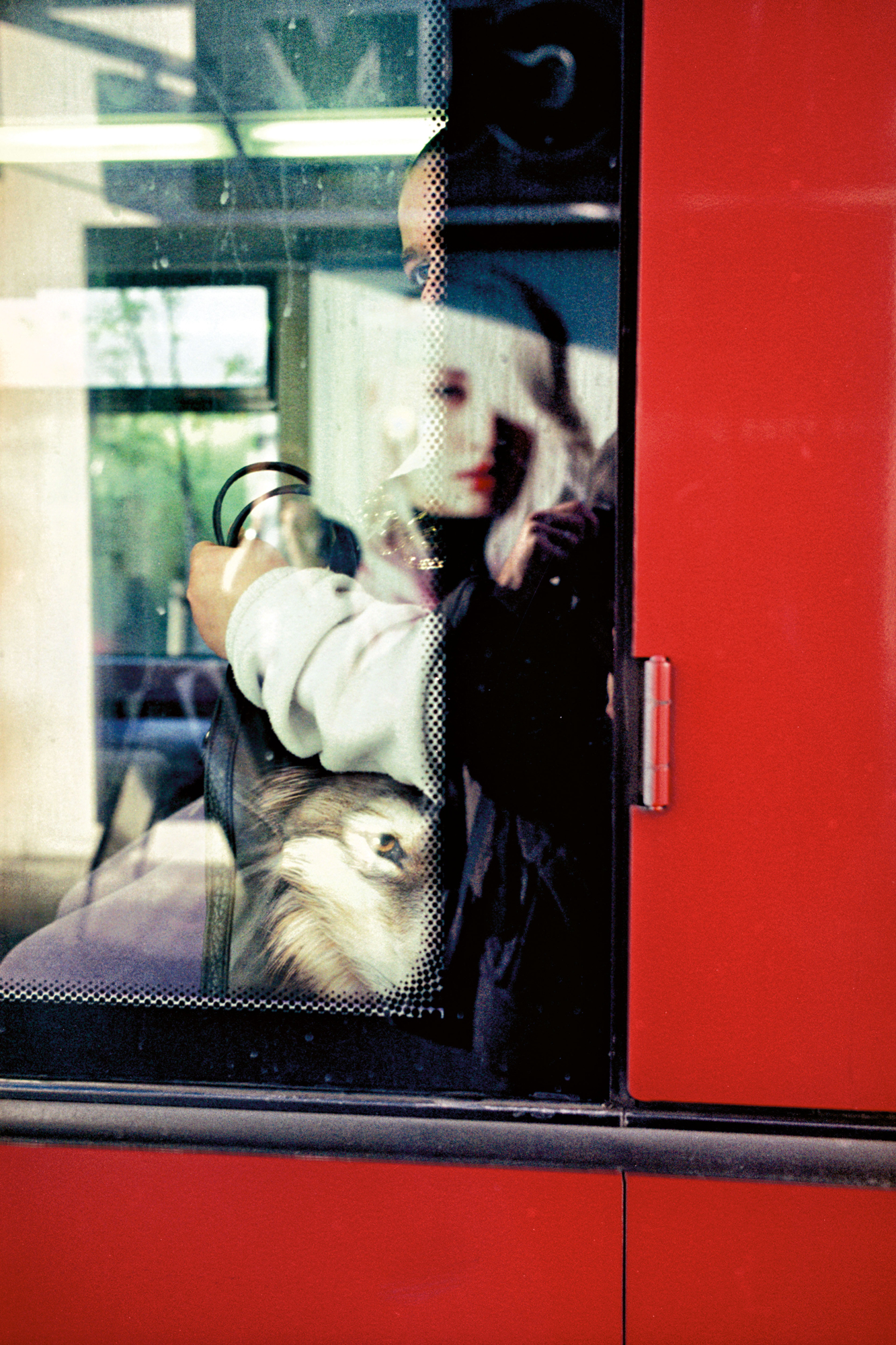It’s a wet, very English summer day, and I’m out cycling through the drizzly green lanes of Kent, dreaming of Tuscany. I’d been in Italy a few weeks earlier, peddling steadily up gently rolling hills, past orderly rows of vines, dry and warm; seemingly much longer than a fortnight and a short plane ride away from this damp English July. Then, as I turn off the main road and start to climb, the hedgerow falls away and suddenly I’m confronted with a vast field, stretching down into the valley, with row after row of vines.
It’s a peculiar experience, akin to walking into York Minster to find not pure, unadorned vaulting stone but the gold and marble and ostentation of a Roman church. Just as whisky evokes craggy Scottish islands, and beer a stodgy, filling, English pastoralism, so too does wine speak of southern Europe and landscapes of cicadas and earthy rock and small fields of neat, loyally attended vines.
Yet perhaps it is time to think again about what we should expect from the landscape in this country. According to Wines of Great Britain, the official body for the UK wine industry, there are currently over 500 vineyards in the UK, and 133 wineries, with English wine now representing over half of the purchases by the government wine cellar for use at high-profile receptions. And that is only set to increase.
“The acreage under vine has doubled in the last 10 years, and nearly tripled since 2000,” Julia Trustram Eve, marketing director of Wines of Great Britain, tells me. “Last year was our highest single year of planting, with around 1m vines going in, and the prediction for this year is for another 1.5m.”
While growing wine on such a scale in England is a recent phenomenon, there is a long history of viticulture in the British Isles, having crossed the English Channel with the Romans 2,000 years ago. Wine production continued after the Norman invasion in 1066, with 40 vineyards recorded in the Doomsday book – a number that rose to 139 when King Henry VIII came to power in 1509. Yet despite a red, produced at the Walthamstow estate of Sir William Batten, surveyor of the Navy, in the 1660s being glowingly described by Samuel Pepys as “very good”, the story of English wine over the next 400 years was one of epidemics brought back from the New World, competition with cheaper, superior imports and wartime rationing and fields requisitioned for food production.
The modern rediscovery of English wine-making began when General Sir Guy Salisbury-Jones founded England’s first commercial vineyard in 1952, though it took some time before production found its feet in this country. Katherine Dart MW (the letters denote her qualification as “Master of Wine”) is responsible for purchasing English wine for Berry Bros. & Rudd – the oldest wine merchant in Britain, founded in 1698. “While hybrid varieties of grapes were favoured in England initially,” she explains, “most of the quality vineyards have now been replanted with classic varieties. Each estate is really only now beginning to understand what works best for them and the vagaries of the English climate.”
For the pioneers, then, planting those first fledgling vines was a brave and potentially foolhardy endeavour. One of the first commercial estates, Bolney, was founded in Sussex by Janet and Rodney Pratt in 1972; it took many years of experimentation to discover what varieties would work best on their site. Sam Linter, who grew up among her parent’s vines and eventually took over responsibilities for running the estate, was able to use the unique understanding her family had of the land to do something unheard of in an industry that is largely devoted to sparkling wine. “For us, white wine grapes – Pinot Gris and Chardonnay – thrive on our site, but my personal challenge was to plant the Pinot Noir. At the time it was unheard of to successfully produce an English red, so I’m particularly proud of that.”
Linter’s success is an example of how resourceful and skilled English wine producers have had to become, working in relatively difficult climatic conditions, as Dart elaborates. “English growers show an amazing understanding of viticultural practices,” she enthuses. “They are both flexible and resilient.”

Though it is early days for English wine – the industry currently represents only 1% of the UK market – the growers have already begun to draw out particularly English qualities in their produce. “We have a relatively cool climate in England,” Linter explains. “Our yields can be lower than in other wine regions around the world, but this provides the vines with a long growing season that gently ripens the grapes, preserving wonderfully fresh aromas and flavours. In sparkling wine, for example, it can be clear, refreshing and crisp, with a more fruity, less yeasty flavour, than what we associate with champagne.”
Sparkling varieties have been especially prominent in the rise of English wine and make up three-quarters of the industry in the UK, recently beating champagne in some blind taste tests. Though, as Linter says, an idiosyncratically English flavour is developing, most sparkling wine produced in this country follows the precedent set by the far more established producers in Champagne, who draw on centuries of inherited experiences of their individual terroir – the complete environment in which a wine is produced: the soil, topography and climate.
Just like there, the majority of English sparkling wine uses the same three varieties of grapes – Chardonnay, Pinot Noir and Pinot Meunier. All thrive in similar conditions to that found in north-eastern France, as Trustram Eve explains: “A lot of the land in the south of England – the chalky soil – is like what you find in Champagne, and the climate is not greatly different. We can then use similar proven production methods to create a high-quality product.”
Such is the case at Squerryes, the vineyard that I discovered sitting so incongruously in the gently rolling Kentish countryside. The seat of the Warde family since 1731, the estate was only recently – in 2006 – replanted with vines following a visit from a champagne house looking to expand into the region.
“They had seen that this area of the North Downs was similar to Champagne,” Henry Warde, the eighth generation of his family on the estate, tells me. “We talked for four months, but ended up not doing anything – I think the Brexit negotiations are going better than ours did.” He laughs. “They had done all the due diligence, though – they looked at the soil analysis, the weather data, and had brought us to Champagne to teach us about the importance of terroir. And so we used that to start growing ourselves.”
Ironically, given how surprising I found the vineyard at first, Warde discovered through this research that, were the land in Champagne, it would be considered grand cru country – the highest classification of vineyard, currently awarded to only 9% of the land in Champagne under vine. But success for Warde was not guaranteed – for one, there is the “long thirsty wait”, as Warde’s father, himself a farmer, put it, between planting the vines and producing the first vintage. For Squerryes, it was eight years before they tasted their first sparkling wine in 2014: “A moment of huge relief. This business is not for the faint-hearted.”
The success of English wine with critics and inquisitive, early-adopting buyers, has proven that, despite the detractors, it is possible to produce a good-quality wine in the UK. With growers developing an ever more sophisticated understanding of what’s possible in this country, that is only set to continue. The greatest challenge, then, is to change perceptions and to convince more buyers in the UK, and then abroad, of the quality of English produce. Already, as Trustram Eve says, there is a strong lobbying effort to get as many British embassies and high commissions around the world to follow Downing Street and serve English wine.
Dart believes this wider acceptance of English wine will come as still varieties are produced in greater numbers. “Understanding the varieties that work most consistently in our marginal climate,” she explains, “will be vital for commercial growth and greater consumer demand, but I am sure there will be more quality terroir discovered, and wine-makers will continue to develop their understanding of how to elevate that quality in the coming years.”
Speaking to people across the industry, there is a real sense of enthusiasm for the potential of English wine; that we are witnessing the beginning of something that will, eventually, become a tradition as established as the great domains elsewhere in Europe. “My personal opinion is that in 30 to 40 years England will be as well recognised globally as Champagne,” Warde tells me reflectively. “We hope to play a part in that, having developed a single-estate product that will only ever be made on this land and laid the foundation for something my grandchildren and great-grandchildren can be proud of.”
I think of these words as I pass Warde’s estate once again on a cold spring morning, the vines having been cut back to their gnarled dark roots. Somehow the vineyard no longer seems so out of place, as if English viticulture was not a footnote to the tradition of wine-making in Europe, but the prominent and innovative force it seems certain to become. Perhaps my own grandchildren’s concept of the English landscape might yet be coloured by neat, expertly attended rows of vines.



